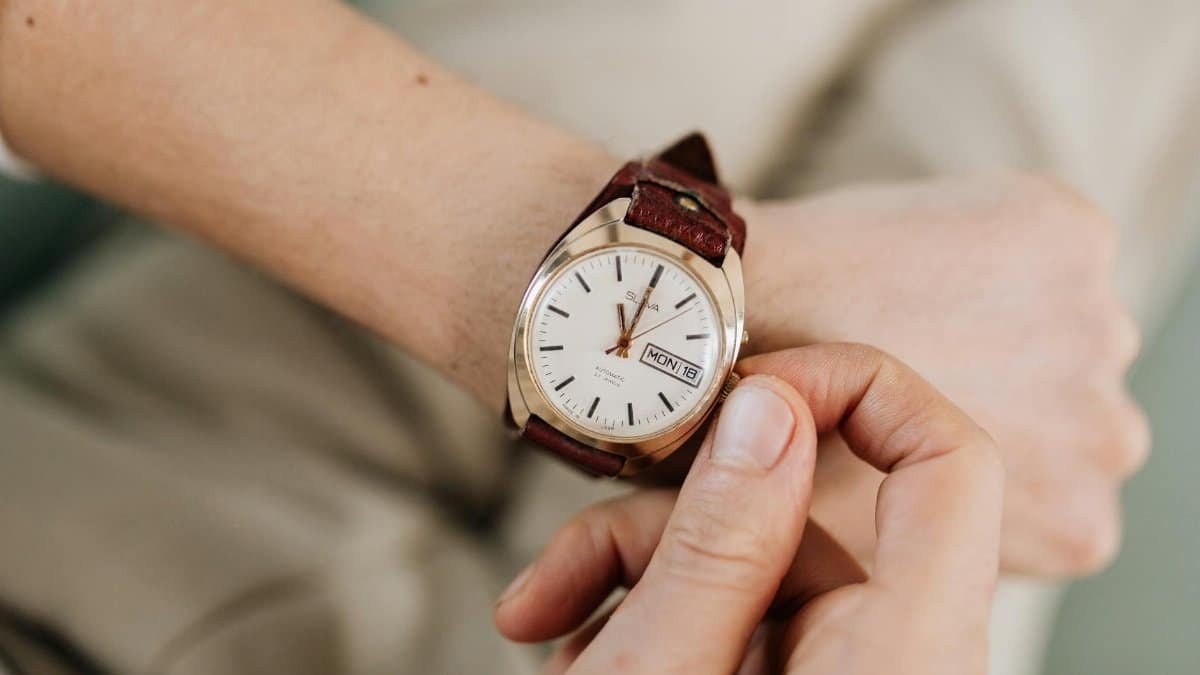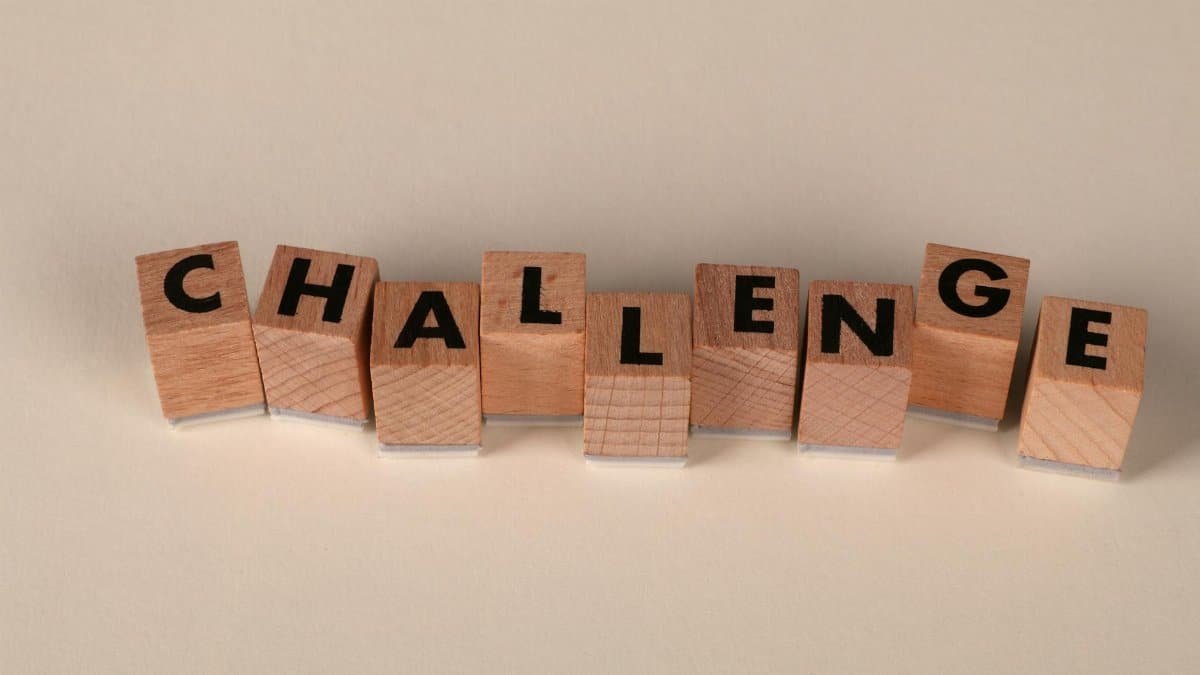Is mindfulness healing the secret weapon against time slipping away too fast? In our hectic 2025 world, many Americans report days blurring into weeks, fueled by constant digital distractions and mounting stress. New research suggests this warped time perception stems from overloaded minds, but mindfulness healing offers a practical fix. By fostering present-moment awareness, it helps recalibrate how we experience time, turning rushed routines into more deliberate, fulfilling ones. This approach isn’t just trendy; it’s backed by science showing real benefits for mental clarity and emotional balance.
The Science Behind Time Perception

Time doesn’t actually speed up, but our brains make it feel that way. Psychologists explain that as we age or face high stress, routine activities compress our sense of duration. A study from the University of California found that overloaded schedules distort temporal awareness, making hours feel like minutes. Mindfulness healing counters this by training the brain to focus on the now, effectively stretching subjective time. Experts note this practice activates neural pathways linked to attention, reducing the mental rush that accelerates perceived time.
Why Modern Life Accelerates Time

Smartphones, endless notifications, and work demands bombard us daily. In 2025, U.S. surveys show adults spend over 10 hours on screens, fragmenting attention and hastening time’s flow. This constant multitasking creates a feedback loop where unfinished tasks pile up, heightening anxiety. Mindfulness healing breaks the cycle by encouraging single-task focus, allowing moments to unfold naturally. Practitioners report that simple breathing exercises restore a sense of control, making days feel longer and more productive.
Core Principles of Mindfulness Healing

At its heart, mindfulness healing involves nonjudgmental observation of thoughts and sensations. Rooted in ancient practices, it promotes healing through awareness rather than suppression. Techniques like body scans or guided imagery help users tune into physical cues, easing the mental haste that warps time. A report from the National Center for Complementary and Integrative Health highlights how these methods reduce cortisol levels, the stress hormone tied to rushed perceptions.
Practical Techniques to Slow Time

Start small: Try a five-minute daily meditation focusing on breath. This mindfulness healing staple anchors you in the present, countering the blur of daily chaos. Another method involves mindful walking, where you notice each step and surrounding sounds, extending the felt length of routine activities. Users often find that journaling thoughts post-session solidifies gains, turning fleeting moments into memorable ones. Consistency builds the habit, gradually reshaping how time unfolds in your mind.
Impact on Mental Health

Chronic time distortion links to burnout and depression, affecting millions in the U.S. Mindfulness healing addresses this by fostering emotional resilience. Research indicates it lowers anxiety, which often amplifies the sense of acceleration. For instance, a Harvard Medical School review shows participants in mindfulness programs report improved mood and a slower pace of life. By healing underlying stress, it not only slows perceived time but enhances overall well-being, making everyday experiences richer.
Real-Life Success Stories

Take John Ramirez, a New York accountant who felt years vanishing amid deadlines. After adopting mindfulness healing routines, he noticed weekends stretching out, filled with intentional family time. Similarly, educator Lisa Chen in California used app-based sessions to combat work overload, reporting that “time finally feels like mine again.” These anecdotes align with broader trends, where urban professionals turn to such practices for balance in fast-paced environments.
Overcoming Common Obstacles

Skeptics dismiss mindfulness healing as too vague, but the real hurdle is consistency. Busy schedules tempt skipping sessions, yet starting with micro-practices, like one-minute check-ins, builds momentum. Distractions during meditation are normal; experts advise gently redirecting focus without self-criticism. Studies from the American Psychological Association confirm that persistence yields results, helping even novices slow their internal clock.
Integrating Into Daily Routines

Blend mindfulness healing seamlessly: Pair it with morning coffee or commutes. Apps like Headspace offer quick guides tailored to time management. In workplaces, some companies now include sessions in wellness programs, recognizing the productivity boost from calmer minds. For families, group practices during evenings can synchronize everyone’s pace, fostering shared moments that linger longer in memory.
Long-Term Benefits and Trends

Beyond immediate relief, regular mindfulness healing reshapes brain structure, enhancing focus and temporal awareness over time. In 2025, U.S. wellness trends show rising adoption, with virtual classes surging post-pandemic. This shift promises not just slower time but deeper life satisfaction, as users heal from the frenzy of modern existence and embrace a more measured rhythm.
